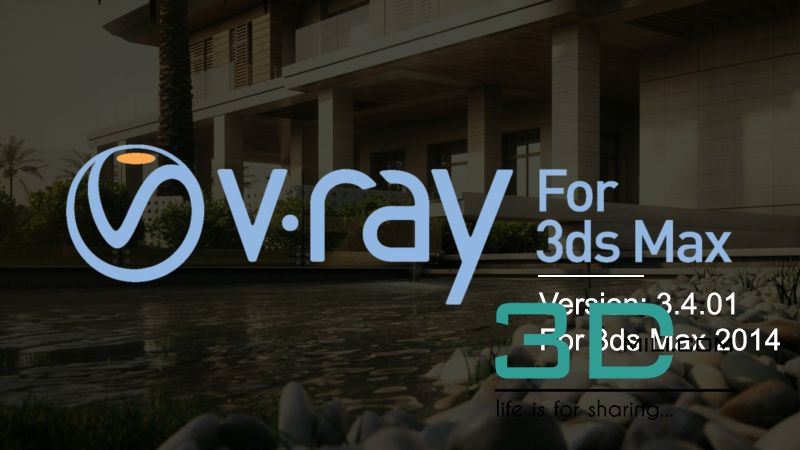Full Vray Package For 3ds Max 2014 Torrent
Full Vray Package For 3ds Max 2014 Torrent

CLICK HERE ★★★ https://www.google.com/url?q=https%3A%2F%2Fshoxet.com%2F2tv5n0&sa=D&sntz=1&usg=AOvVaw0-g4YuLKLIu0bP0CzVeZ9m
How to Download and Install Vray for 3ds Max 2014
Vray is a powerful rendering plugin for Autodesk 3ds Max that allows you to create photorealistic images and animations with advanced lighting, shading, and materials. Vray can enhance your 3D projects with realistic effects, such as reflections, refractions, shadows, global illumination, depth of field, and more. If you want to download and install Vray for 3ds Max 2014, here are the steps you need to follow:
Make sure you have 3ds Max 2014 installed on your computer. You can download it from the Autodesk website or use a trial version.
Go to the Chaos website and download the latest version of Vray for 3ds Max 2014. You will need to create an account and log in to access the download link.
Run the installer and follow the instructions on the screen. You will need to enter your license information or request a trial license.
Restart 3ds Max 2014 and check if Vray is available in the render settings. You can also access the Vray toolbar and menu from the main interface.
Enjoy using Vray for 3ds Max 2014 and create stunning renders with ease.
If you need more help or tutorials on how to use Vray for 3ds Max 2014, you can visit the Chaos website or watch some videos on YouTube. You can also join the Vray community and share your work with other users.
Here are some more paragraphs on how to use Vray for 3ds Max 2014:
How to Set Up the Lighting in Vray
Lighting is one of the most important aspects of rendering, as it can affect the mood, realism, and quality of your images. Vray offers a variety of lighting options, such as standard lights, Vray lights, dome lights, sun and sky system, image-based lighting, and more. You can also use global illumination to simulate the natural bouncing of light in the scene.
To set up the lighting in Vray, you need to follow these steps:
Add the lights you want to use in your scene. You can use the standard 3ds Max lights or the Vray lights from the Create panel. You can adjust the parameters of each light, such as color, intensity, shape, shadows, etc.
Enable global illumination from the render settings. You can choose between different GI engines, such as irradiance map, brute force, light cache, etc. You can also adjust the settings of each engine, such as quality, interpolation, subdivisions, etc.
Test your lighting by rendering a preview of your scene. You can use the interactive rendering mode to see the changes in real time. You can also use the Vray frame buffer to adjust the exposure and color correction of your image.
Refine your lighting until you are satisfied with the result. You can add more lights or change their parameters to create different effects. You can also use some Vray tools, such as light select render element, light lister, or light mix to control your lights more easily.
How to Set Up the Materials in Vray
Materials are another essential element of rendering, as they define the appearance and behavior of your objects. Vray offers a wide range of materials that can simulate various types of surfaces and effects, such as metal, glass, wood, cloth, skin, hair, etc. You can also use maps and textures to add more details and variation to your materials.
To set up the materials in Vray, you need to follow these steps:
Add the materials you want to use in your scene. You can use the standard 3ds Max materials or the Vray materials from the Material Editor. You can adjust the parameters of each material, such as diffuse color, reflection, refraction, bump map, displacement map, etc.
Assign the materials to your objects. You can use the standard 3ds Max tools or the Vray tools to apply your materials. You can also use some modifiers, such as UVW map or unwrap UVW to control how your materials are mapped on your objects.
Test your materials by rendering a preview of your scene. You can use the interactive rendering mode to see the changes in real time. You can also use the Vray frame buffer to adjust the exposure and color correction of your image.
Refine your materials until you are satisfied with the result. You can add more materials or change their parameters to create different effects. You can also use some Vray tools, such as material override render element or material lister to manage your materials more easily.
12c6fc517c